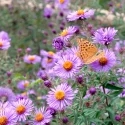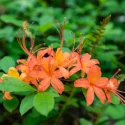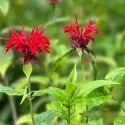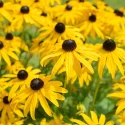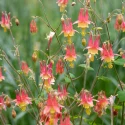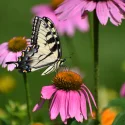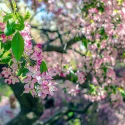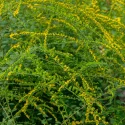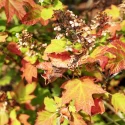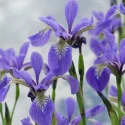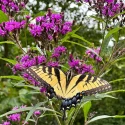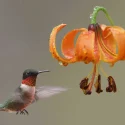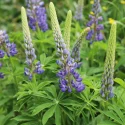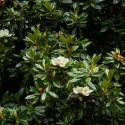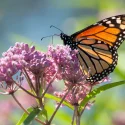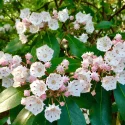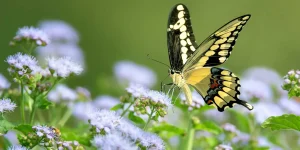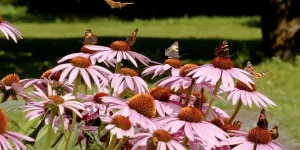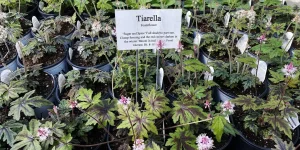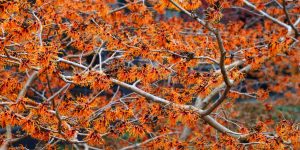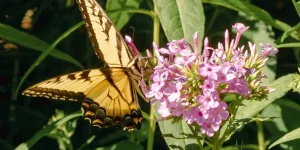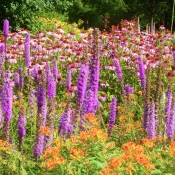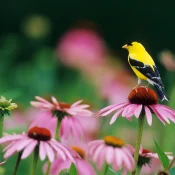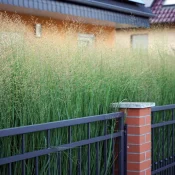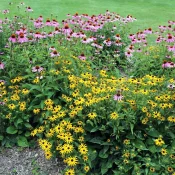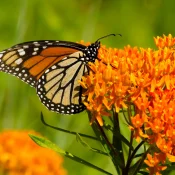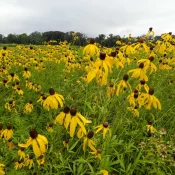What are common invasive species?
Invasive species can cause large-scale damage that can take generations to undo. A single invasive vine can smother and kill a 100+-year-old oak. A patch of kudzu can overtake the side of a highway or field over the summer and help cause the extinction of wildlife in the area.
Sadly, invasive plants are everywhere once you start to look. There are lots of invasive plants in our yards and parks, and some are even still sold at plant nurseries! Here are some of the most common invasive plants to look out for and remove as soon as possible.
Spoiler alert: This is not a tender, kind article.
We’re here to encourage the wholehearted destruction of these common invasive plants from gardens and landscapes across North America. Yes, it is personal! And it will be for you, too, when you start to understand how these invasive plants take over.
First, let’s cover a few quick ground rules (pun intended) as we attack the invasives in our midst.
Let’s start with the basic question:
What makes a plant invasive?
Invasive plants = plants that cause LOTS of damage
A plant is deemed invasive when it:
1.
Reproduces at a huge rate that negatively impacts native plants and wildlife. An invasive plant can replicate quickly through suckers, seeds, and/or roots.
2.
Grows so fast that it smothers other plants. Vines like kudzu are a good example of a plant that can grow, block the light, and kill other plants.
3.
Emits a toxin or chemicals that negatively impact the area or wildlife around it. Yes, sometimes plants can do this!
Now that you know what ‘invasive’ means, you may also be wondering…
Invasive vs. native vs. non-native plants—what’s the difference?
These three terms get used quite a bit in gardening. The differences in a nutshell:
- Invasive plants have the natural ability to overtake and damage an area.
- Native plants have grown in an area for thousands of years. An example of a native tree is the Tulip Poplar: it has even been found in North American dinosaur fossils!
- Non-native plants are plants introduced to North America after Europeans arrived. An example of a non-native plant is a plant native to Europe but growing in Nashville.
Non-native plants are not always villains! Some are cherished parts of American life.
Non-native plants are not always bad
Not all non-native plants are invasive. A lot of non-native plants are an important part of American lives—from tulips and daffodils in the spring (native to Europe and Asia) to tomatoes in the summer (native to South America.)
None of these non-plants is invasive. They don’t have the negative features of invasive plants—you can simply dig up tulips, daffodils, or tomatoes to stop them from spreading.
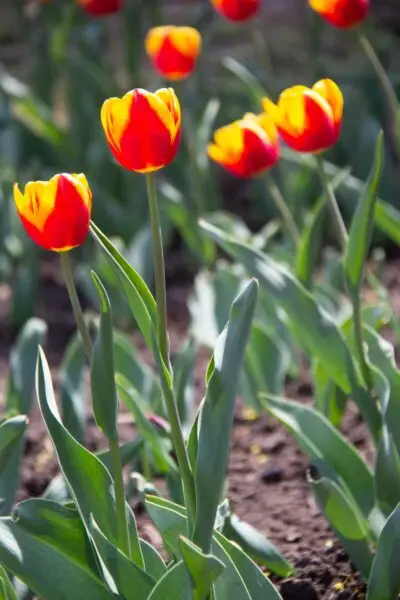
And some native plants can be considered invasive
Some native plants can become invasive based on where they’re planted. There are some native plants whose populations can explode when planted in certain areas, overtaking the balance needed for a happy ecosystem.
One example of a native plant that can become invasive is the Obedient Plant. A single Obedient Plant has hundreds of seeds in the fall. Some states consider it invasive—especially when planted near a water source since the seeds can float along and overtake other areas downstream.
However…
There are some really bad, very detrimental invasive plants
Invasive plants excel at being hell to remove and are hiding in plain sight, costing billions of dollars in removal, wildlife loss, or destruction. In California alone, 82 million dollars annually is spent fighting invasive plants.
So what plants are these millions of dollars fighting? These are some of the most common invasive plants in North America. All are non-native plants. Don’t be surprised if you have some currently growing in your yard or community. Read on for how to get rid of them.
Common Invasive Plants in North America
Here are some of the most common invasive plants along with insights into why they pose a threat and where they originated.
Butterfly Bush
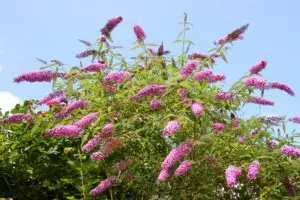
We blame whoever named this plant for its explosive growth—who wouldn’t want to plant something called a Butterfly Bush? Don’t be fooled by the name. These plants are native to Asia. A single butterfly bush can unleash 9,000 SEEDS in the fall. These seeds have an astonishing 80% germination rate, leading to rapid growth. And they are not host plants to any North American butterflies. Read our Butterfly Bush takedown article for more.
If you want to help butterflies, plant native host plants. Here’s a list of some host plant favorites.
Native replacements
English Ivy
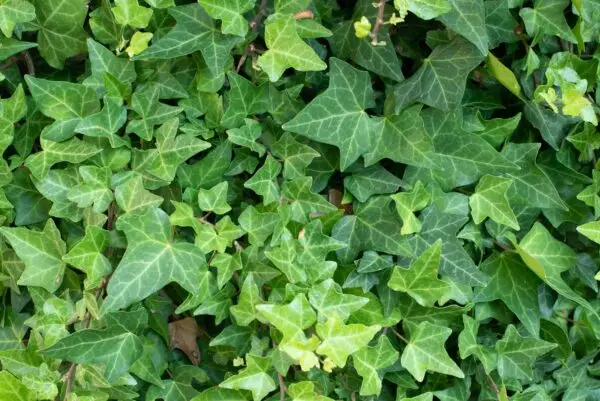
Unless you live on one of the British Isles, this vine needs to go. English Ivy is a super fast grower and due to its evergreen nature + rooting ability, it can smother a yard in a few seasons. (It’s especially noxious for killing off what are called “ephemerals” or native plants that flower and leaf out before the tree canopy is in.)
Removing established English ivy takes some dedication. After removing the leaves and vines, commit to removing residual growth for the next few years to kill it completely. Better yet: never plant it! And warn your neighbors to remove it ASAP!
Native replacements
Japanese Knotweed
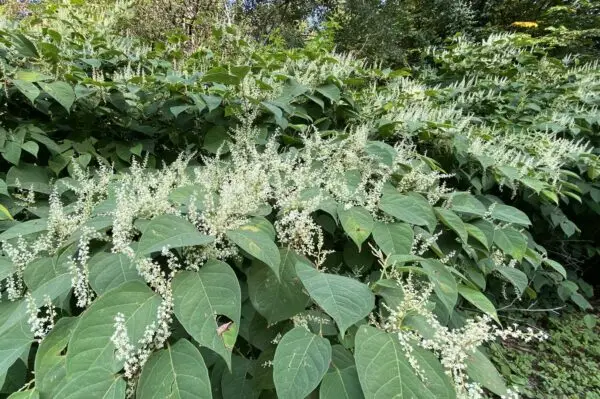
Japanese knotweed can look pretty when in bloom—but don’t be fooled! Its root system of rhizomes can quickly expand over an area, making the plant come back again and again, even when the actual green stalk and leaves are cut down.
Japanese knotweed was imported as an ornamental landscaping plant in the 19th century. Gardeners now know how impossible it is to remove. Due to its aggressive root system, it can take years to remove once established.
Native replacements
Kudzu
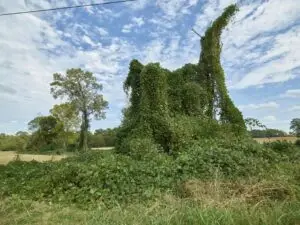
Calling out kudzu should come as no surprise, especially for those who live in the South. Kudzu was brought to the US from Japan relatively recently (1876) as a fast-growing landscape plant. It quickly exploded over most of the mid-Atlantic and southern United States.
Kudzu grows so quickly because the climates in these areas are similar to kudzu’s native habitat in Japan. Kudzu can even overtake an entire forest, climbing over native bushes and trees to slowly kill native plant life.
Native replacements
Japanese Honeysuckle
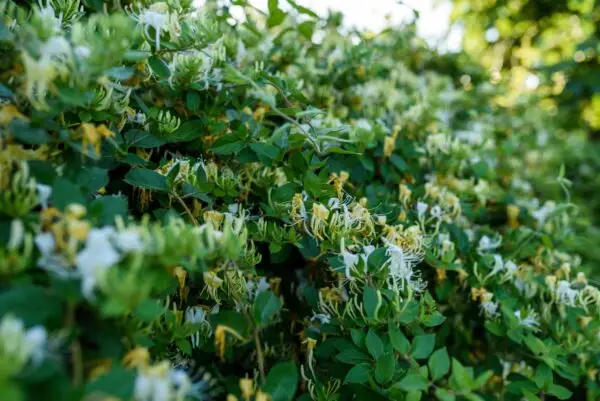
This one might come as a surprise, especially for those of us who have fond memories of tasting sweet nectar from these invasive vines in our childhoods.
Japanese honeysuckle looks lovely at first—it smells nice, it has pretty white-yellow flowers, and its vine can cover a fence. But it’s a flowering version of kudzu. Like kudzu, it quickly takes over areas in the Mid-Atlantic and Southern United States, smothering native species.
Native replacements
Tree of Heaven
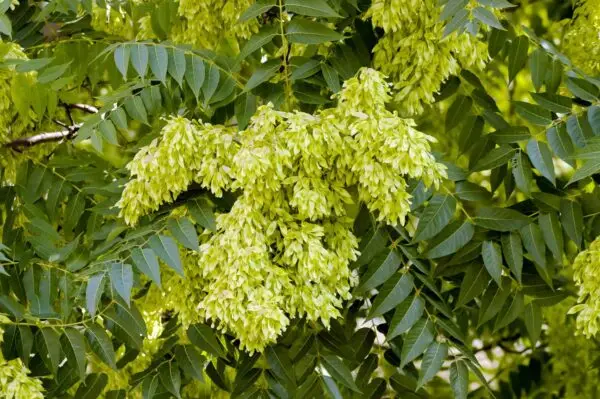
It’s hard to look at a tree and think it’s “bad”—aren’t all trees good? Sadly, the Tree of Heaven is sometimes called the “Tree of Hell” due to its invasiveness. Its prolific root system spawns suckers and it can disperse thousands of seeds annually, quickly taking over areas. Once established, removal is challenging at best. Top it all off, its roots release toxins, harming nearby plants AND spotted lanternflies love this tree.
Back in the 1950s, many cities planted these as street trees since they are so fast-growing (3+ feet a year.) No doubt the arborists who chose these plants back then would be devastated to know just how much damage these trees have done.
Native replacements
Any other native tree!
Now that we’ve met them, it’s time to destroy these plant villains.
How do you remove invasive plants?
To remove invasive plants completely, you need to get all the parts of the plant—from the roots to the shoots. Here’s how to do it:
- Grab gardening gloves, shovels, clippers, and contractor bags
- Cut all of the above-ground parts of the plant and put them into contractor bags (sometimes a weed whacker helps)
- Use the shovel to dig up all the root matter you can
- Bag the roots in contractor bags (shake off dirt before bagging)
- Put all of the contractor bags in your normal trash—NO composting!
- Don’t forget to hydrate yourself and have a good playlist to keep you motivated
These steps can take days, even months or years. When I removed English ivy from my backyard, it took a month of successive Sundays (and half a bottle of Advil.) And I’m still pulling up English ivy shoots, three years later.
Removing invasives can feel daunting and almost futile. Which is why it’s important to…
Commit to a lifetime, not just an afternoon
There is no way to remove invasive plants entirely—there are too many of them, and our global jetsetting lifestyle makes it impossible. Instead, see removing invasives like exercising, shaving, or drinking coffee or tea: something we’ll do throughout our lives. The accomplishment is in the repetition of the task. Making a difference requires a level of commitment.
Looking at it this way means that yes—even that 15 minutes you spent cutting down Tree of Heaven shoots was worth your time. It might come back next year, but thwarting its growth is worth it.
Are you ready to replace those invasives with native plants? Let’s meet some favorites.
What natives can replace invasives?
We are so glad you asked. Thousands of native plants are gorgeous and can easily take the landscaping jobs of invasive plants. Explore our ever-growing native plant library or peruse some popular plant profiles, including:
To wrap up, invasive plants can cause real damage, really quickly. Non-native invasives came to North America for mostly benign reasons (landscaping, mostly) but reproduced at such explosive rates that they’ve overstayed their welcome. Invasive plants should be removed and destroyed as soon as possible to help limit their damage and negative impact. (Also the longer you wait, the more difficult it can be to remove them.) It may take a few years to fully remove them from a landscape or yard—commit to the marathon, not the sprint. And remember to tell your neighbors and family what you’ve found, and help them remove them from their landscapes. Maybe invasive dig-up parties will become a thing? Happy planting!
Sources
- Nelson, Gil. Best Native Plants for Southern Gardens: A Handbook for Gardeners, Homeowners, and Professionals, (2010).
- Harstad, Carolyn. Go Native! Gardening with Native Plants and Wildflowers in the Lower Midwest. (1999), 209-210.






